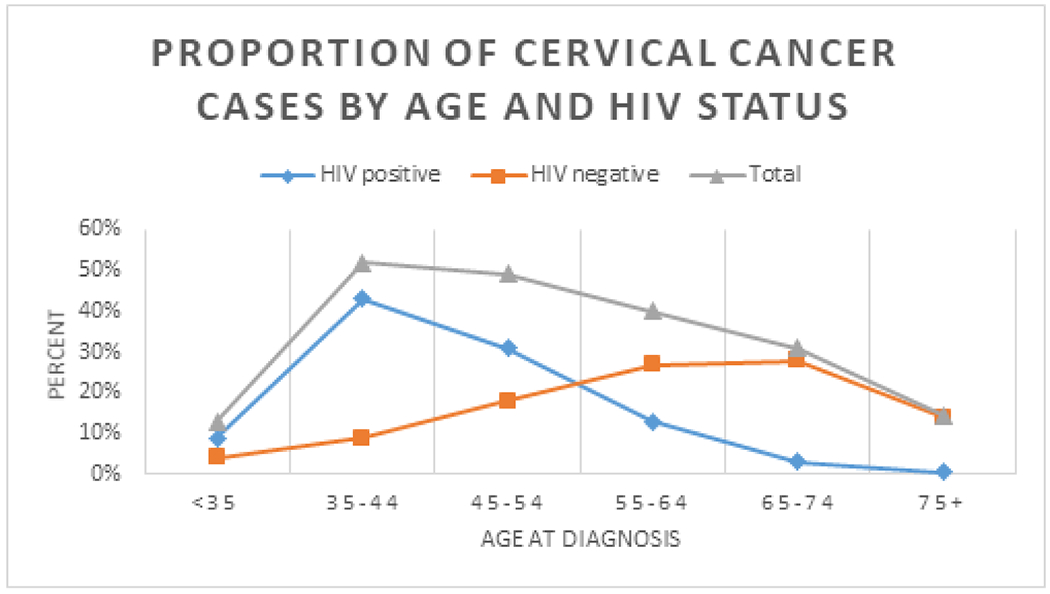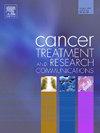Cervical cancer screening in HIV-endemic countries: An urgent call for guideline change
Abstract
Women living with HIV (WLWH) are at an increased risk of developing HPV-related high grade cervical dysplasia and cervical cancer. Prior World Health Organization (WHO) screening guidelines recommended starting screening at age 30. We assessed characteristics of women diagnosed with cervical cancer to further inform and refine screening guidelines. We prospectively enrolled women diagnosed with cervical cancer from January 2015 to March 2020 at two tertiary hospitals in Gaborone, Botswana. We performed chi-square and ANOVA analyses to evaluate the association between age upon diagnosis and HIV status, CD4 count, viral load, and other sociodemographic and clinical factors. Data were available for 1130 women who were diagnosed with cervical cancer and 69.3% were WLWH. The median age overall was 47.9 (IQR 41.2–59.1), 44.6 IQR: 39.8 – 50.9) among WLWH, and 61.2 (IQR 48.6–69.3) among women living without HIV. There were 1.3% of women aged <30 years old, 19.1% were 30–39 and 37.2% were 40–49. Overall, 20.4% (n = 231) of cancers were in women <40 years. Age of cervical cancer diagnosis is younger in countries with higher HIV prevalence, like Botswana. Approximately 20% of the patients presented with cancer at <40 years of age and would have likely benefited from screening 10 years prior to cancer diagnosis to provide an opportunity for detection and treatment of pre-invasive disease.


 求助内容:
求助内容: 应助结果提醒方式:
应助结果提醒方式:


